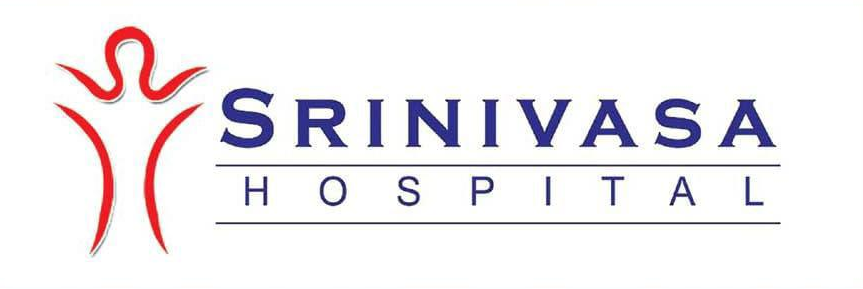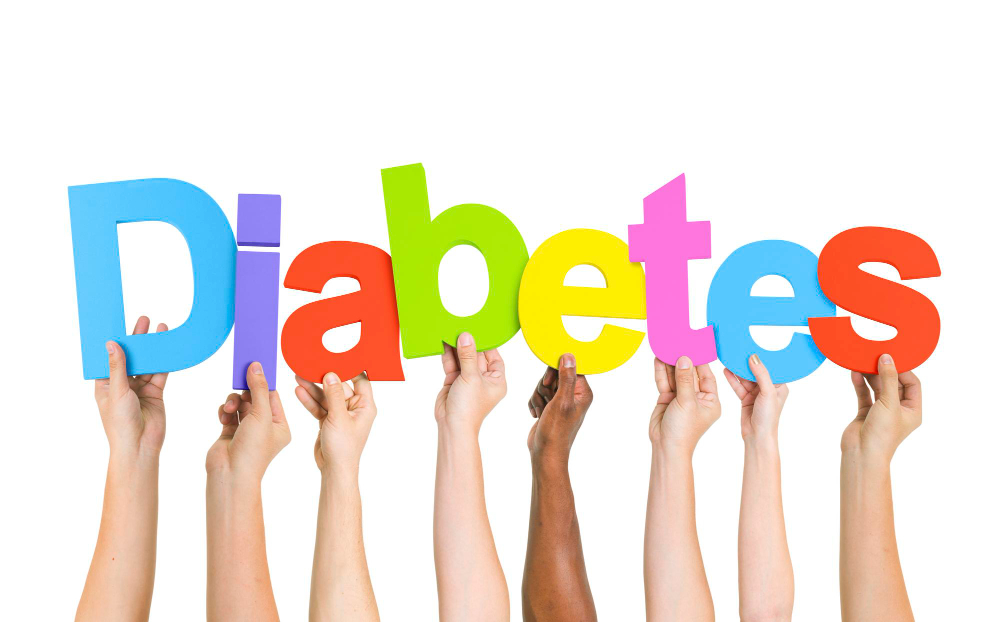Introduction: Understanding Secondary Causes of Diabetes
Diabetes is a condition where your body cannot control blood sugar well. While most people know about type 1 and type 2 diabetes, there are also secondary causes of diabetes. These are reasons for diabetes that are not due to genetics or lifestyle alone. Instead, they happen because of other health problems or treatments. Knowing about secondary causes of diabetes can help you spot risks early and manage your health better.
What Are Secondary Causes of Diabetes?
Secondary diabetes happens when another health issue or treatment leads to high blood sugar. Unlike type 1 or type 2 diabetes, it is not mainly caused by family history or lifestyle. Instead, it develops because something else affects how your body uses insulin. For example, certain diseases or medicines can make it hard for your body to control sugar levels. According to the World Health Organization (WHO), secondary diabetes is less common but important to recognize.
Common Secondary Causes of Diabetes
Many things can lead to secondary diabetes. Below are some of the most common causes:
In addition, infections or other illnesses may sometimes trigger secondary diabetes. It is important to know these causes so you can talk to your doctor if you are at risk.
Symptoms and Warning Signs
Secondary diabetes symptoms are often like those of other types of diabetes. However, they may appear suddenly or after starting a new medicine or illness. Watch for these signs:
Sometimes, you may also notice symptoms from the underlying cause, such as pain from pancreatic disease or changes in mood from hormonal problems. If you see these signs, it is wise to seek medical advice quickly.
How Is Secondary Diabetes Diagnosed?
Doctors use several steps to diagnose secondary diabetes. First, they check your blood sugar levels. Next, they ask about your medical history and any medicines you take. They may also look for signs of other health problems that could cause diabetes. For example, they might order blood tests, scans, or hormone checks. According to the Centers for Disease Control and Prevention (CDC), early diagnosis helps prevent complications.
Treatment Options and Management Strategies
Treating secondary diabetes means managing both your blood sugar and the underlying cause. Here are some common strategies:
Moreover, your doctor may suggest working with a dietitian or diabetes educator. This team approach helps you manage both diabetes and the other health issue.
Prevention Tips and Lifestyle Guidance
While you cannot always prevent secondary diabetes, you can lower your risk. Try these tips:
Additionally, talk to your doctor before starting any new medicine. This can help you avoid drugs that may raise your blood sugar.
Summary
In summary, secondary causes of diabetes are health problems or treatments that lead to high blood sugar. Knowing the symptoms and causes can help you seek care early. With the right treatment and lifestyle changes, you can manage secondary diabetes well. For more information, visit trusted sources like the WHO or CDC.
Consult us today for personalized advice on secondary causes of diabetes.

